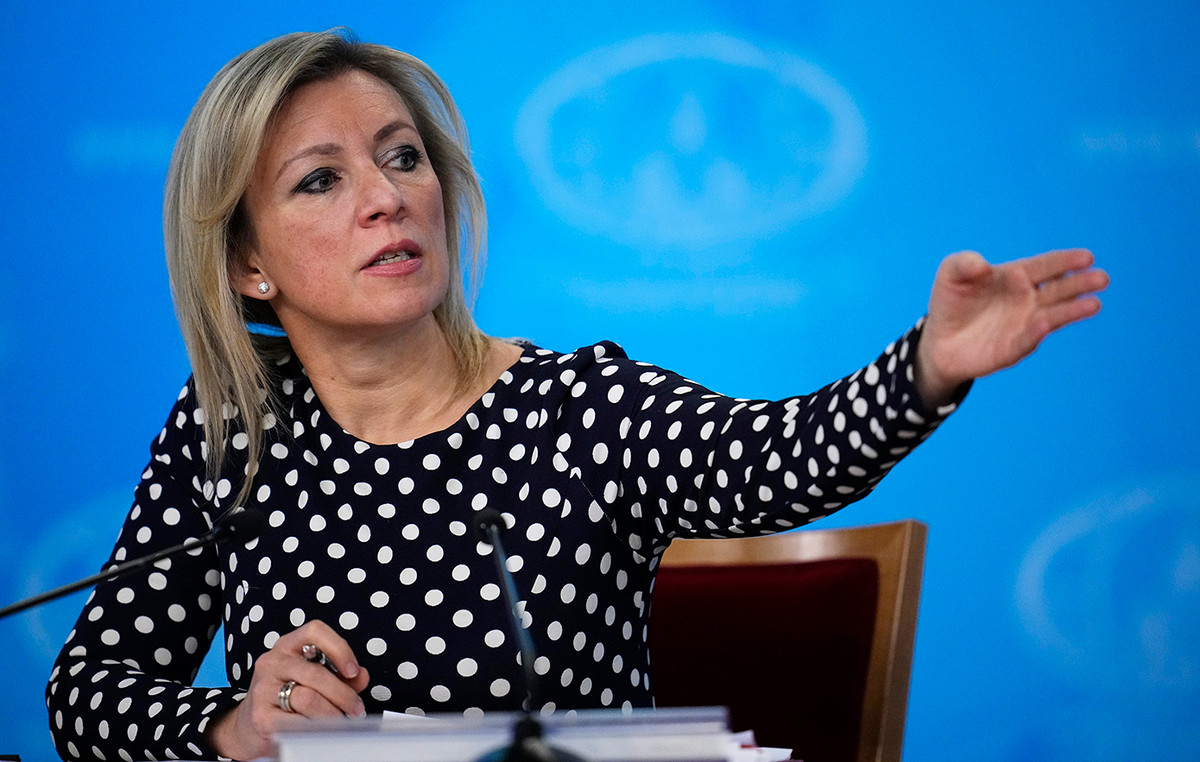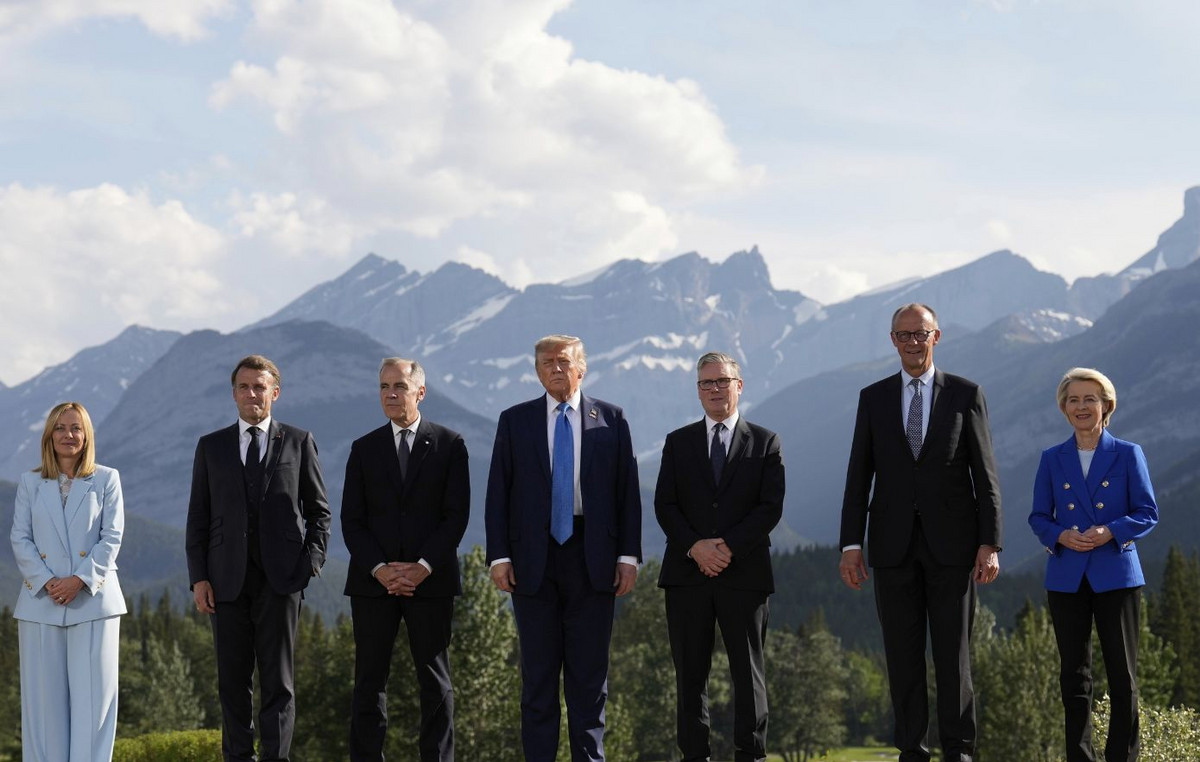- USD/MXN falls to one-week lows at 19.43.
- The US dollar falls against the Mexican peso, but rises against the major currencies.
- Market bets on a 25 bp Fed cut in November are growing.
- US Private Employment ADP beat expectations in September.
USD/MXN has started Wednesday turning negative after Tuesday’s rally to three-week highs of 19.83. The US Dollar has fallen in recent hours against the Mexican Peso to a one-week low of 19.43. At the time of writing, the pair is trading above 19.50, losing 0.60% on the day.
US Dollar Rebounds Following US ADP Jobs and Rising Expectations of Smaller Fed Cut in November
The Dollar Index (DXY) has risen to a twenty-day high following the release of the US ADP private employment data, which came out better than expected. In total, 143,000 jobs were generated in September, above the 120,000 expected. Additionally, the October figure was revised upwards, reaching 103,000 compared to 99,000.
The DXY soared on the news to 101.54, its highest level since September 12. The rise was supported by increased market bets in favor of a 25 basis point (bp) cut by the Fed at the November meeting. After the good employment data, the probabilities of a minor cut rose to 67.3% compared to 61.5% yesterday. The options of a 50 bp reduction decrease to 32.7%.
USD/MXN traders now await comments from several Fed members who will speak today, such as Michelle Bowman and Thomas Barkin. The focus, in any case, is on Friday’s data, when the US will publish Non-Farm Payrolls for September and Mexico will publish the unemployment rate for August.
USD/MXN Price Levels
Although the trend remains bullish on medium and long-term charts, the USD/MXN has fallen below the 100-period moving average on the one-hour chart. Added to this is that the RSI (Relative Strength Index) in that same period of time is below 50, pointing downwards in the short term. The first support in case the decline extends is at 19.30, the low of September 25, followed by the psychological zone of 19.00.
To the upside, initial resistance appears at 19.83, the weekly ceiling of October 1. Above, the main barrier is in the region of 20.00 and 20.15, the maximum level for September and all of 2024.
The US Dollar FAQs
The United States Dollar (USD) is the official currency of the United States of America, and the “de facto” currency of a significant number of other countries where it is in circulation alongside local banknotes. According to 2022 data, it is the most traded currency in the world, with more than 88% of all global currency exchange operations, equivalent to an average of $6.6 trillion in daily transactions. After World War II, the USD took over from the pound sterling as the world’s reserve currency.
The single most important factor influencing the value of the US Dollar is monetary policy, which is determined by the Federal Reserve (Fed). The Fed has two mandates: achieve price stability (control inflation) and promote full employment. Your main tool to achieve these two objectives is to adjust interest rates. When prices rise too quickly and inflation exceeds the 2% target set by the Fed, the Fed raises rates, which favors the price of the dollar. When Inflation falls below 2% or the unemployment rate is too high, the Fed can lower interest rates, which weighs on the Dollar.
In extreme situations, the Federal Reserve can also print more dollars and enact quantitative easing (QE). QE is the process by which the Fed substantially increases the flow of credit into a clogged financial system. This is an unconventional policy measure used when credit has dried up because banks do not lend to each other (for fear of counterparty default). It is a last resort when a simple lowering of interest rates is unlikely to achieve the necessary result. It was the Fed’s weapon of choice to combat the credit crunch that occurred during the Great Financial Crisis of 2008. It involves the Fed printing more dollars and using them to buy US government bonds, primarily from financial institutions. QE usually leads to a weakening of the US Dollar.
Quantitative tightening (QT) is the reverse process by which the Federal Reserve stops purchasing bonds from financial institutions and does not reinvest the principal of maturing portfolio securities in new purchases. It is usually positive for the US dollar.
Source: Fx Street
I am Joshua Winder, a senior-level journalist and editor at World Stock Market. I specialize in covering news related to the stock market and economic trends. With more than 8 years of experience in this field, I have become an expert in financial reporting.







